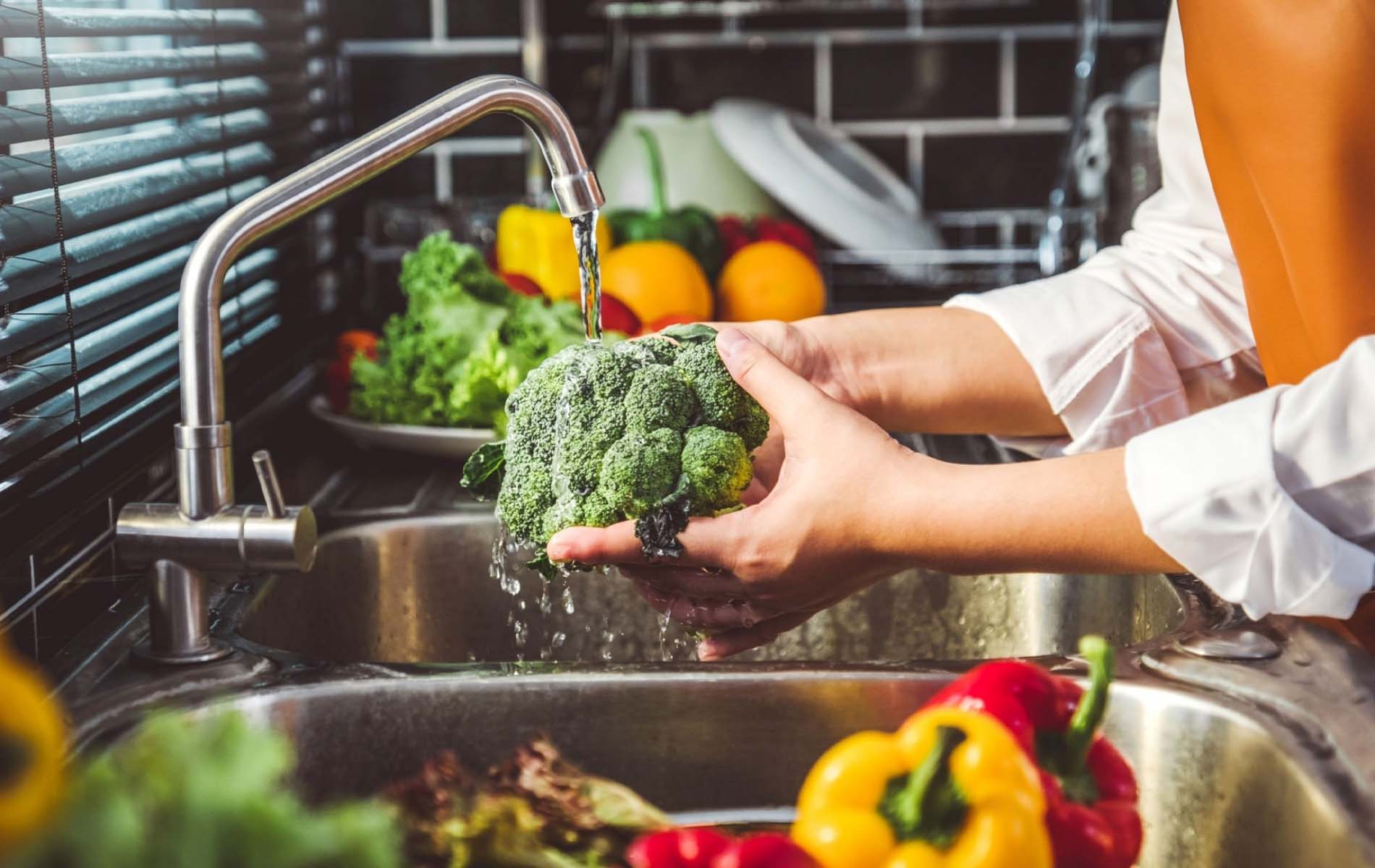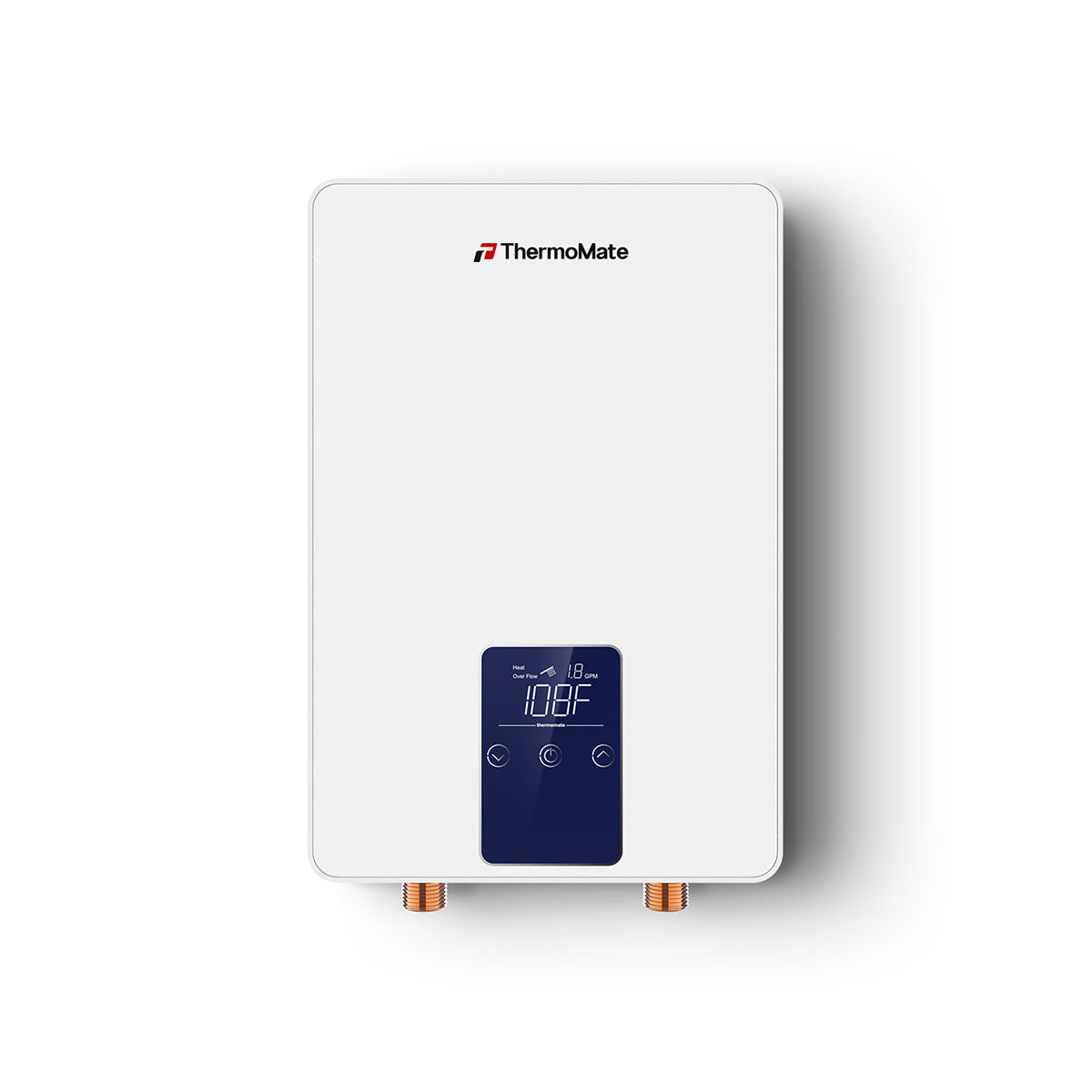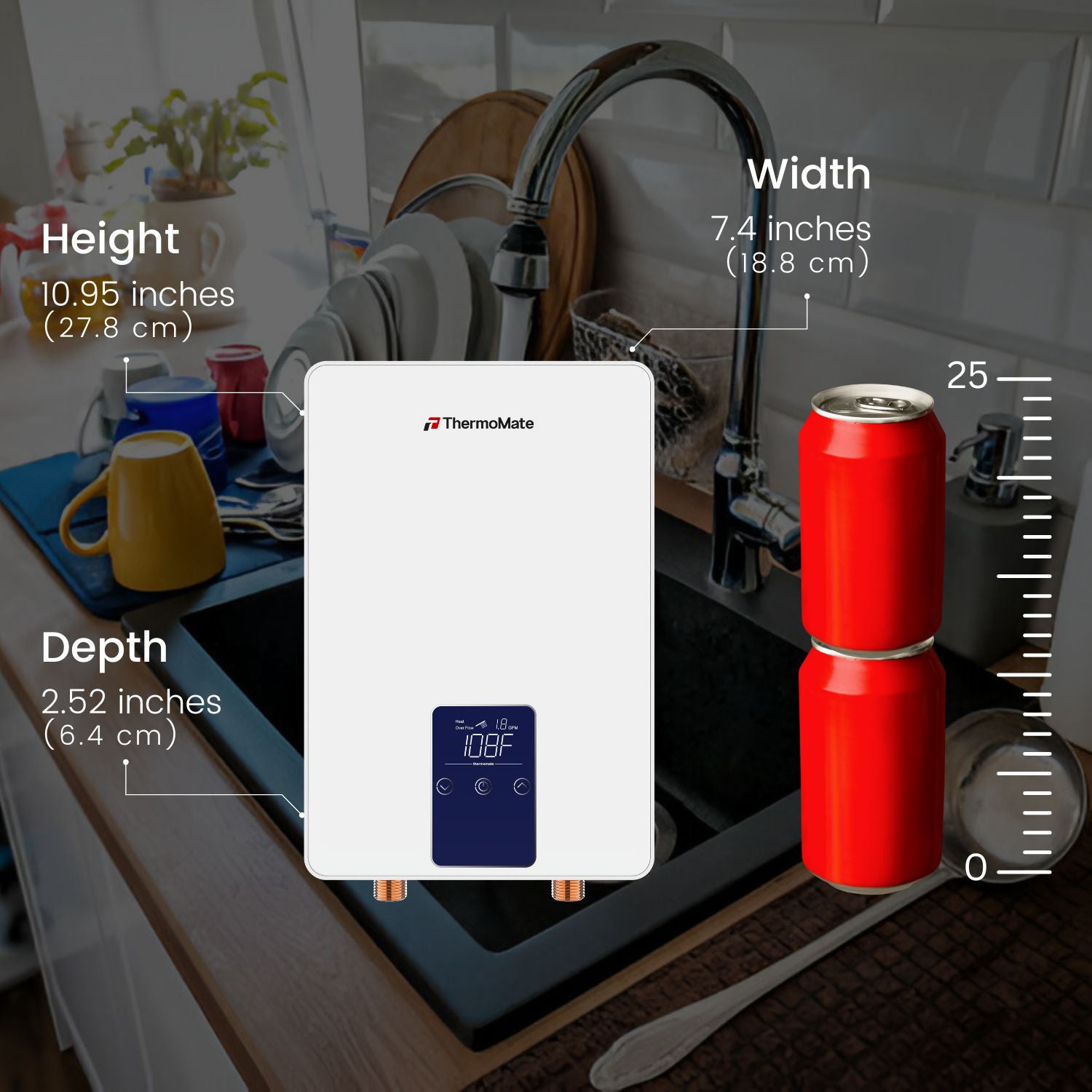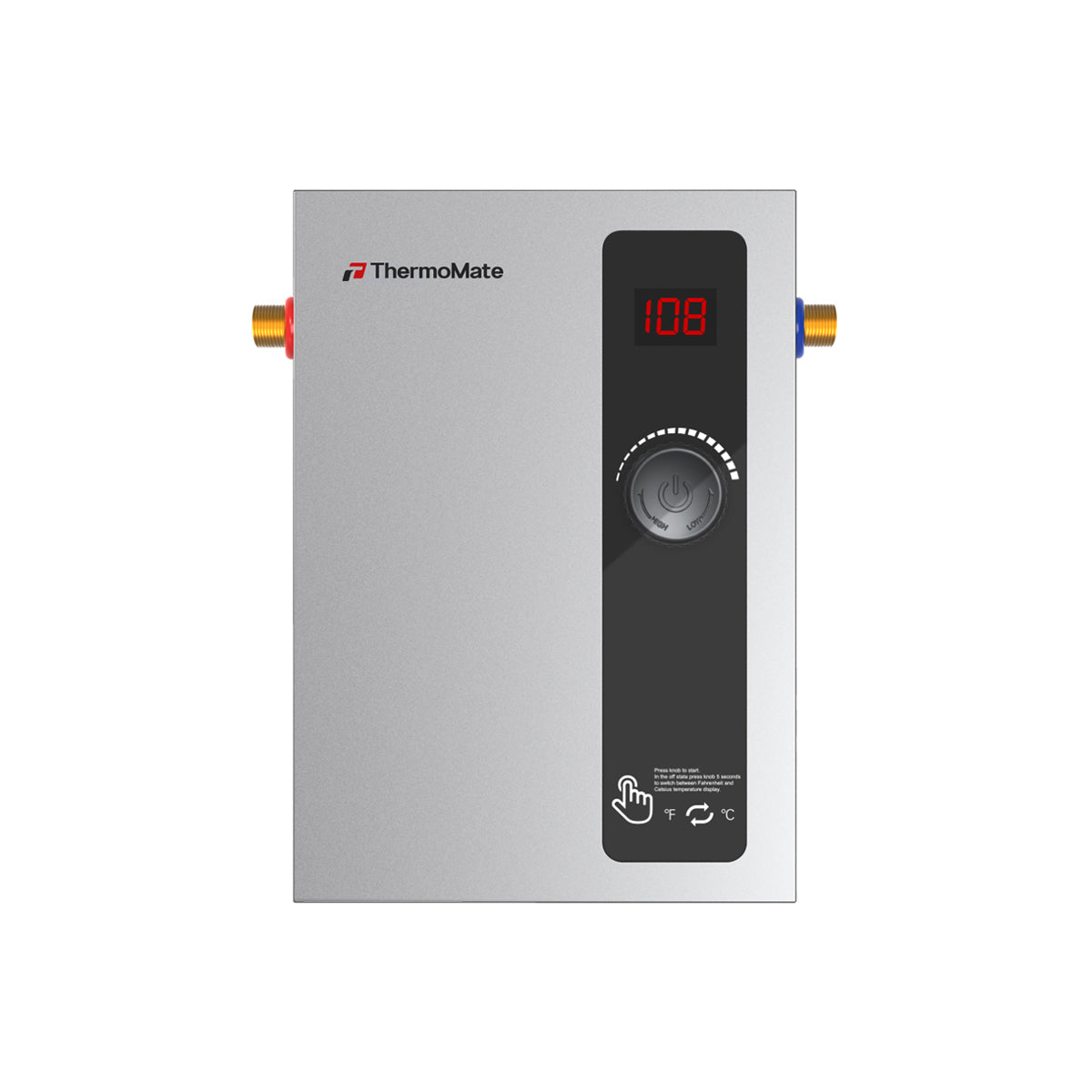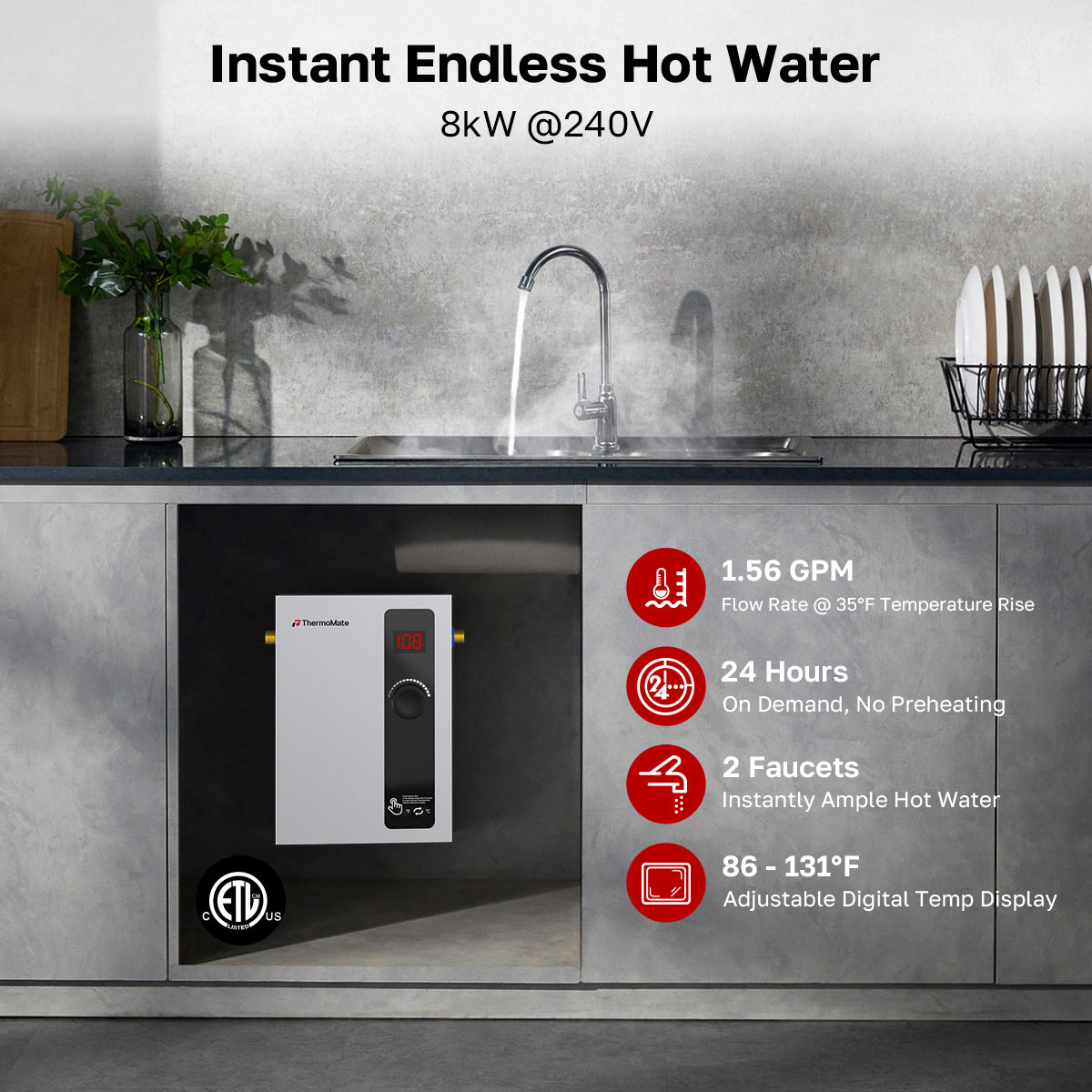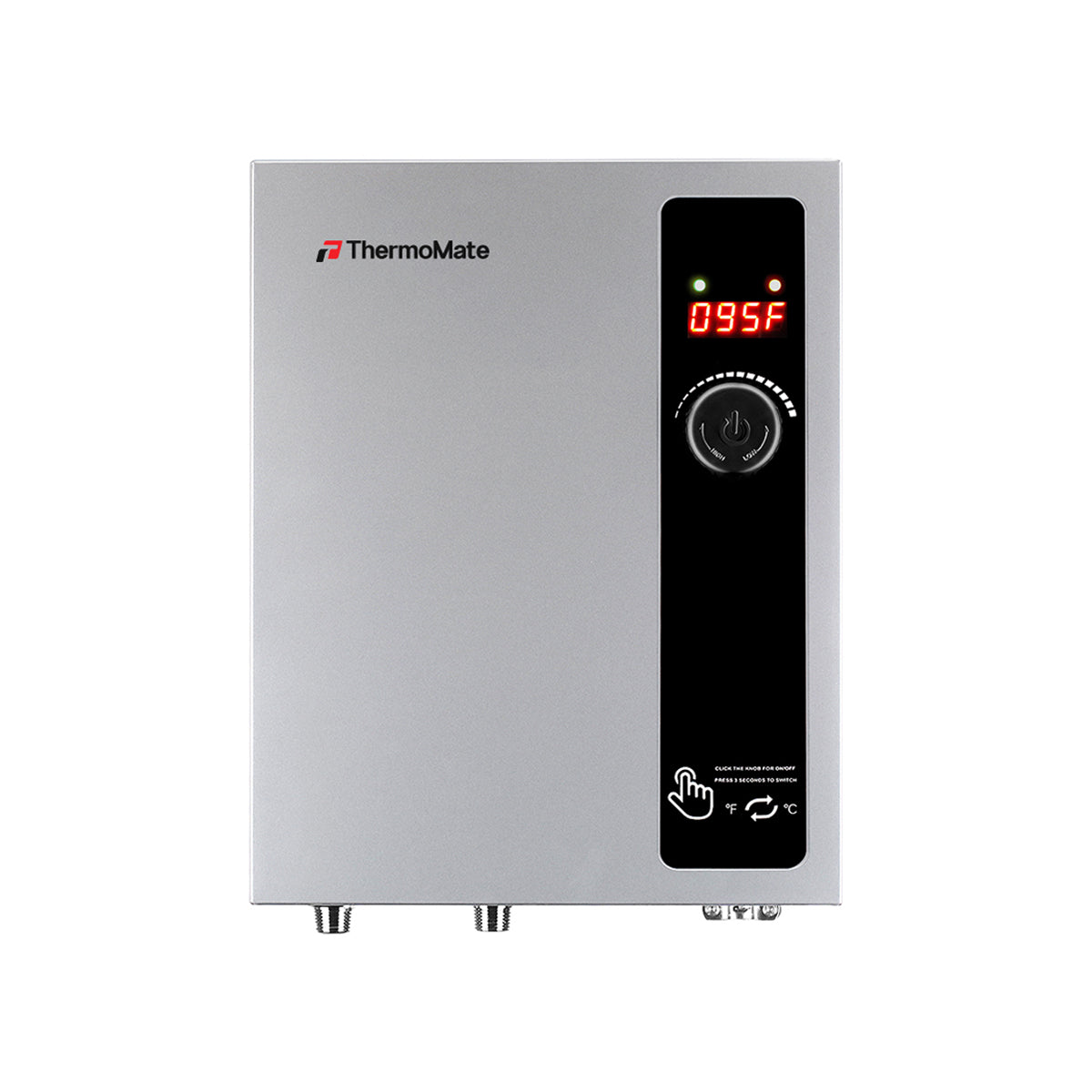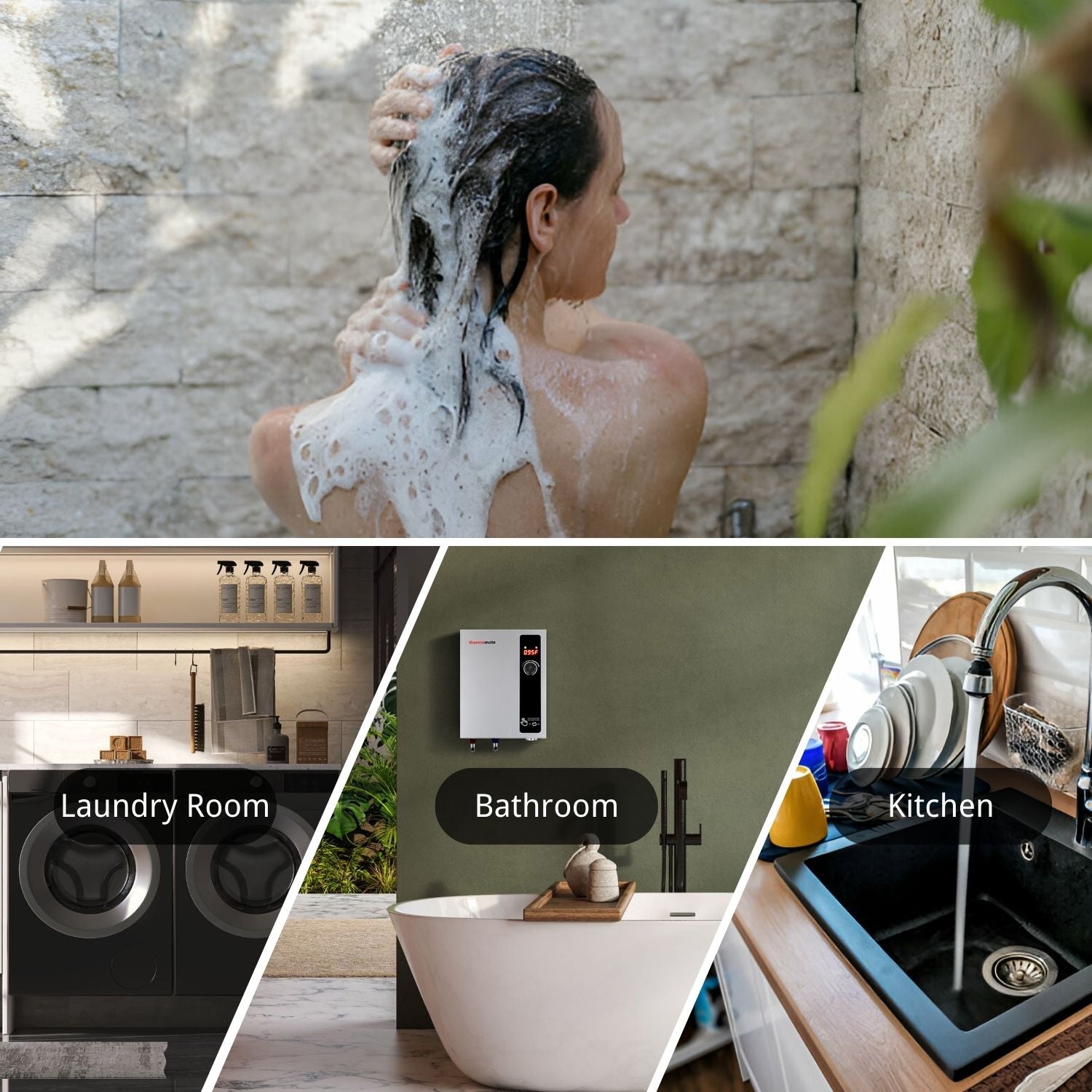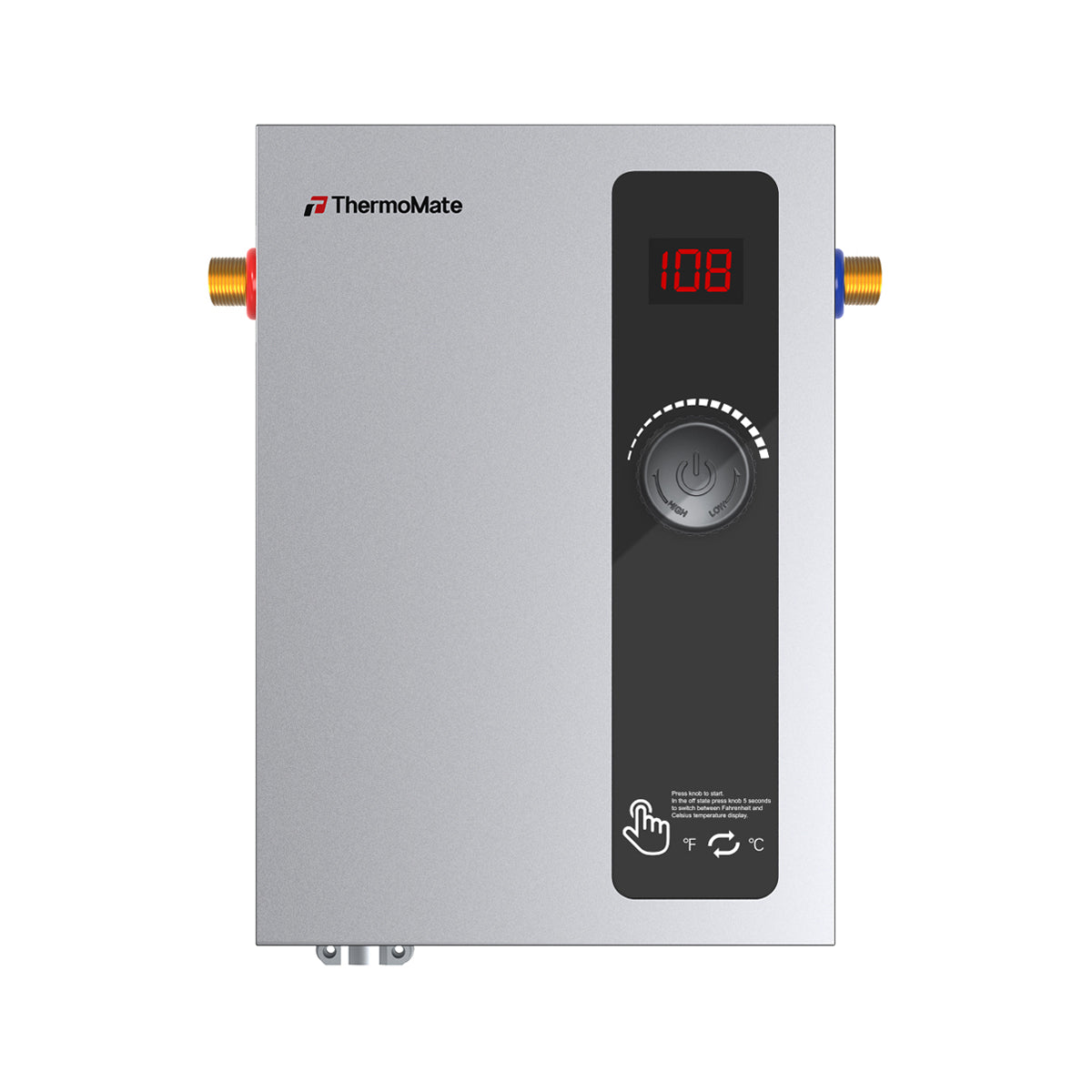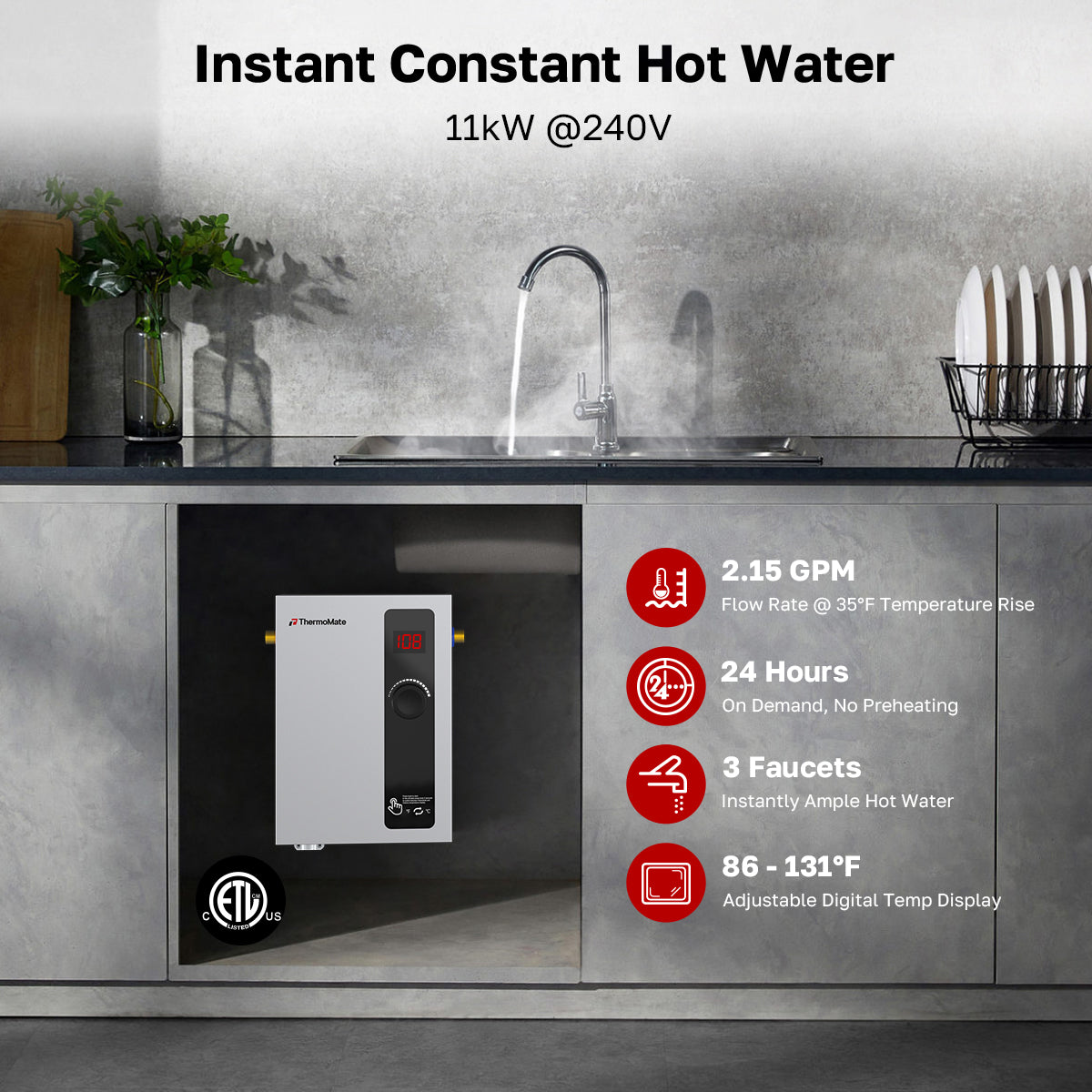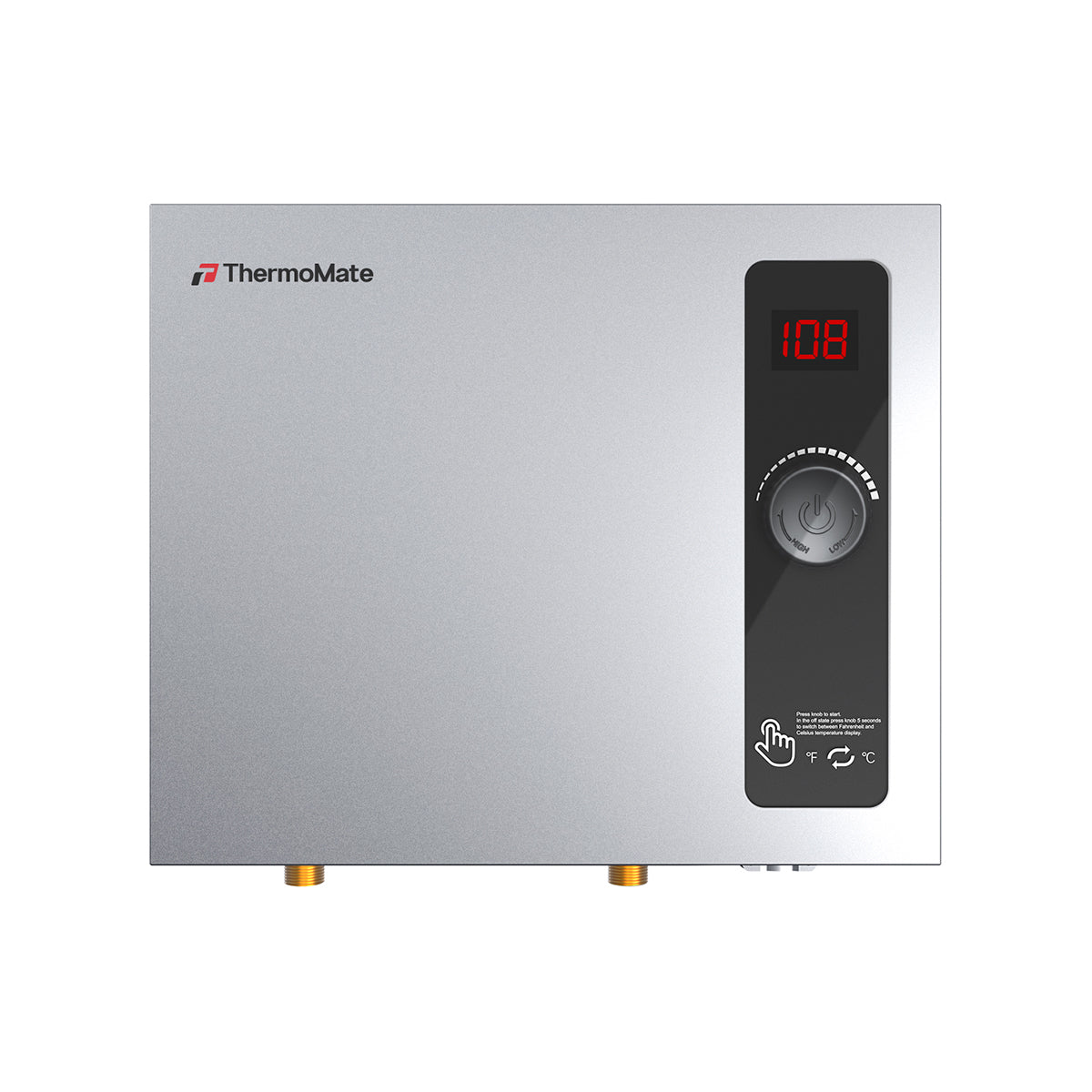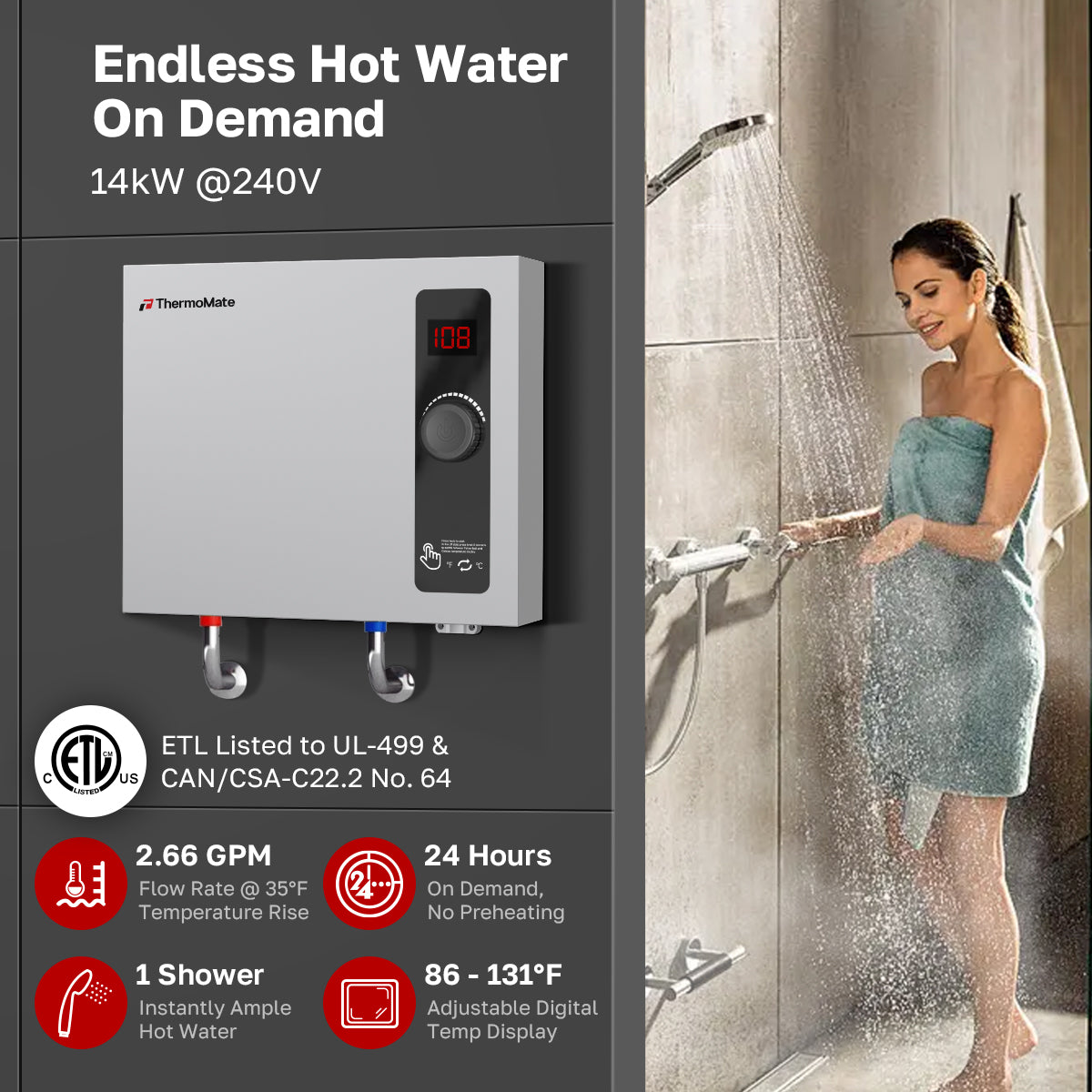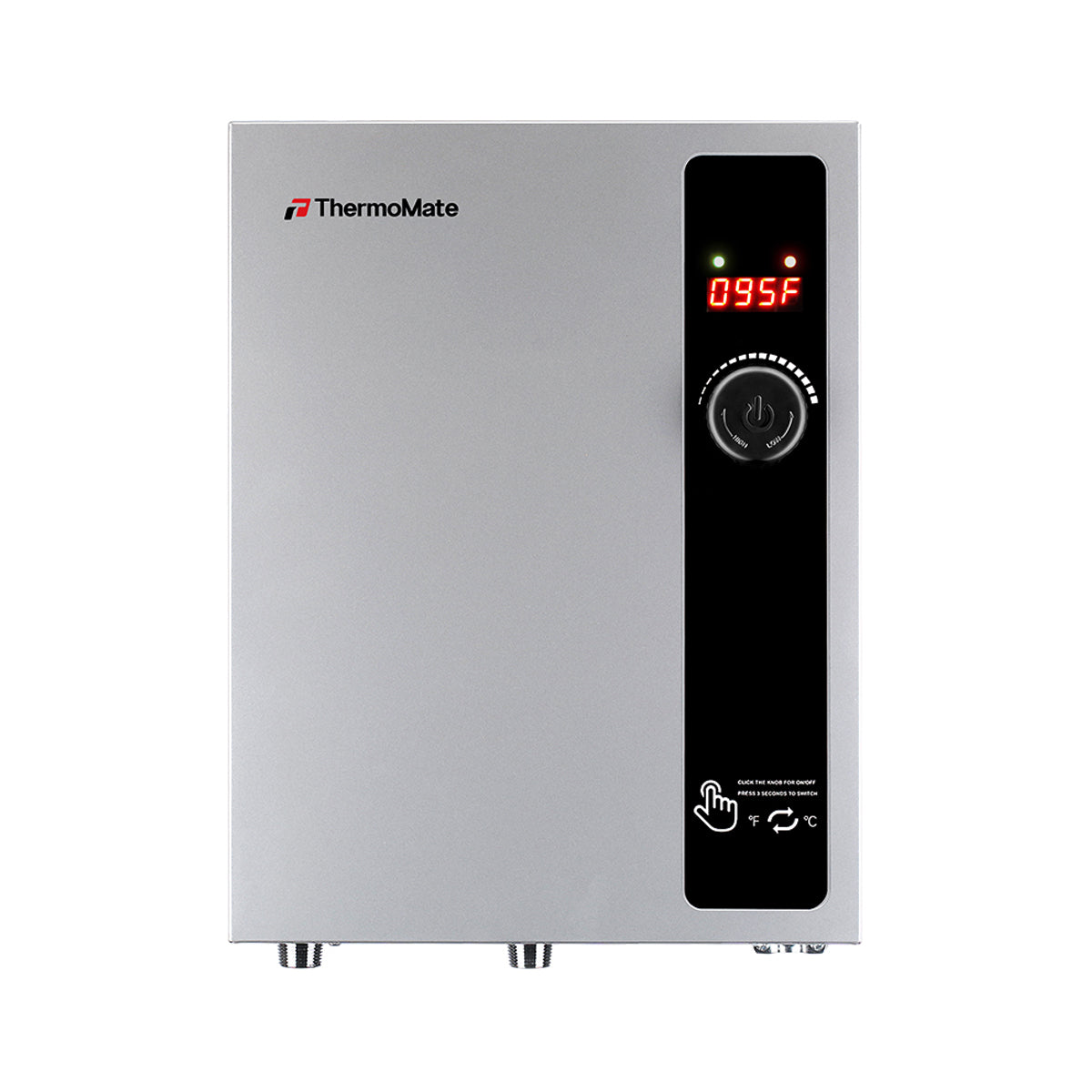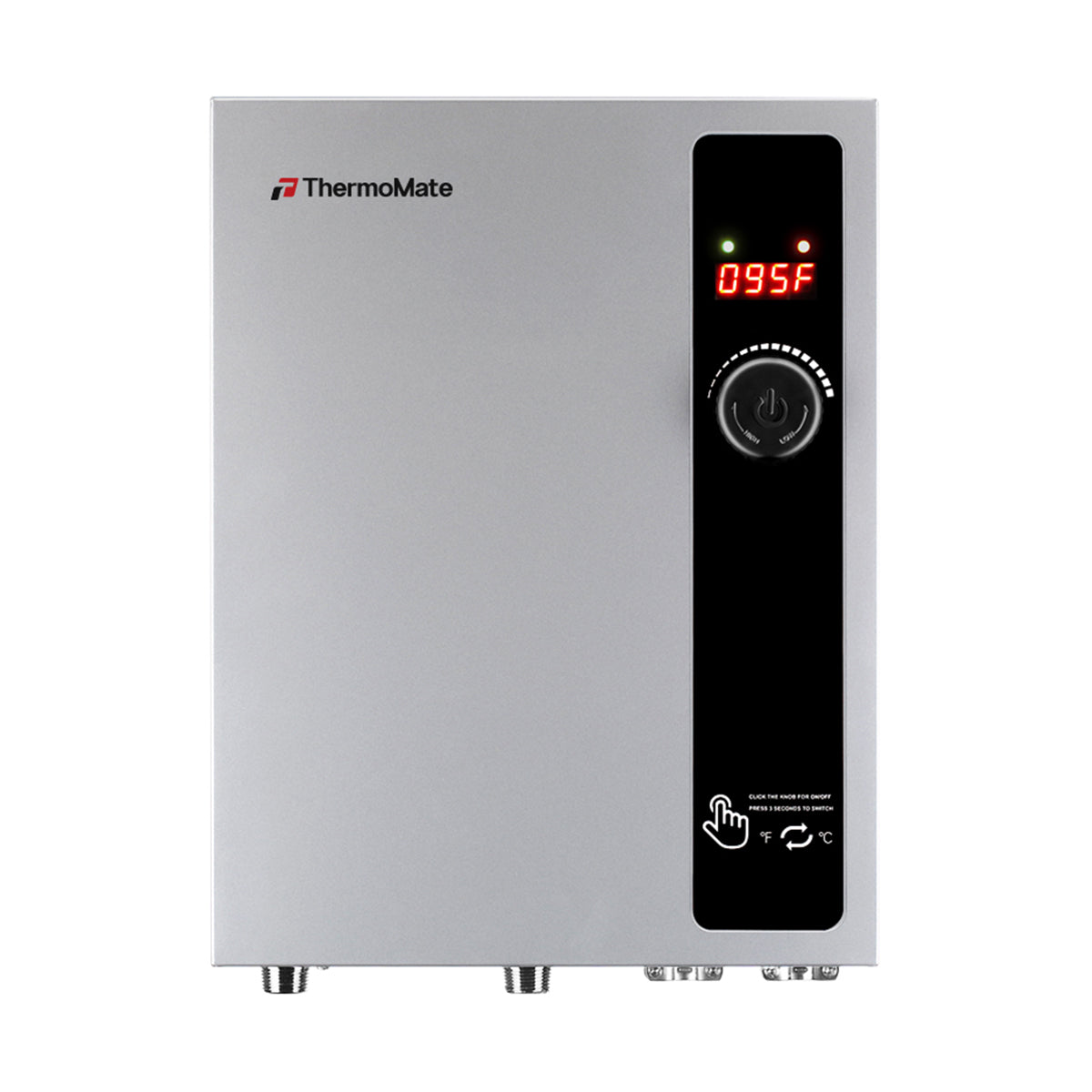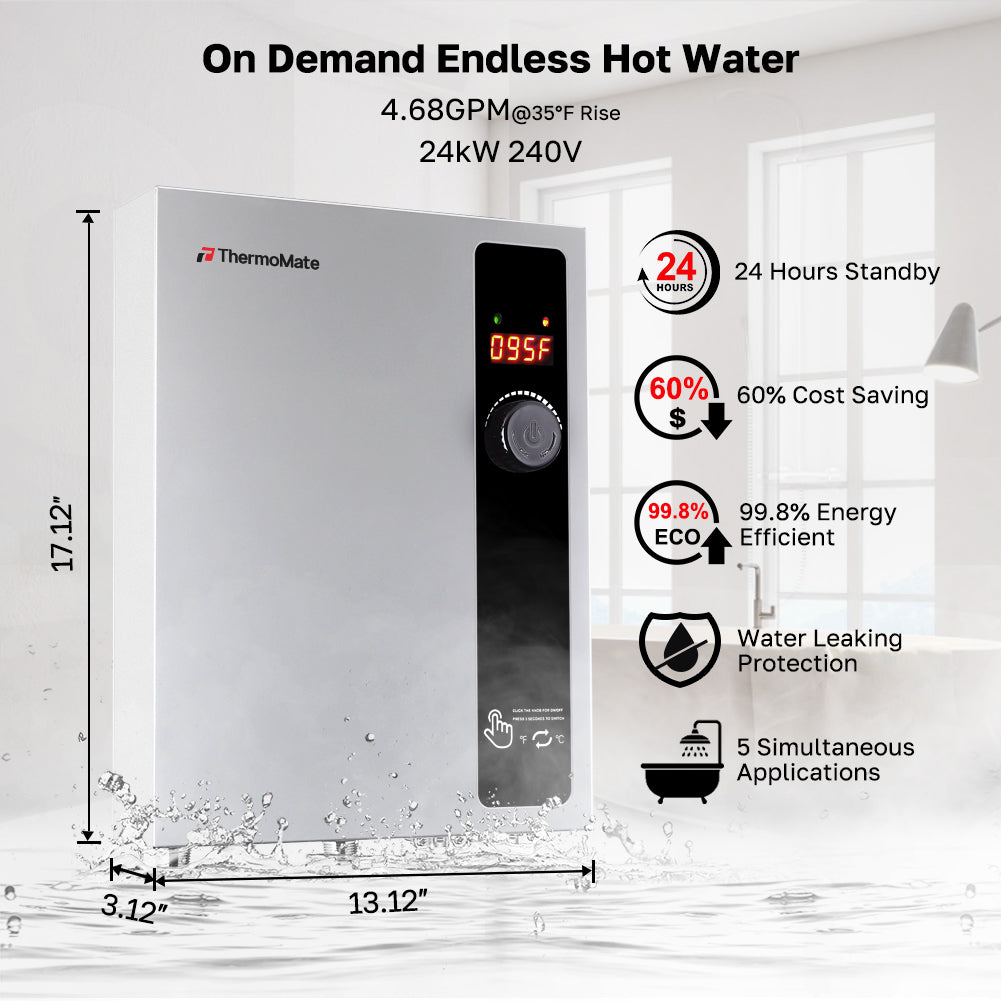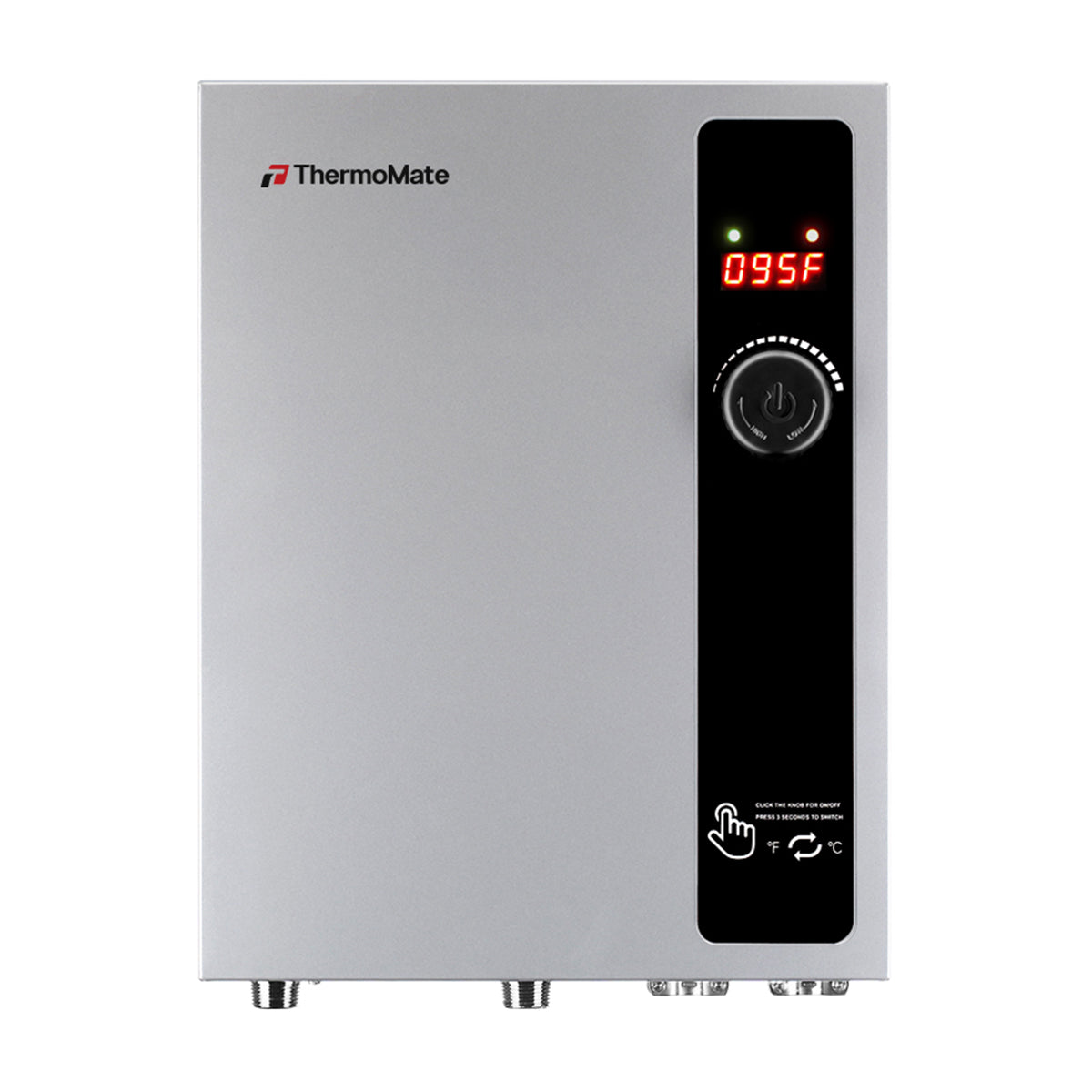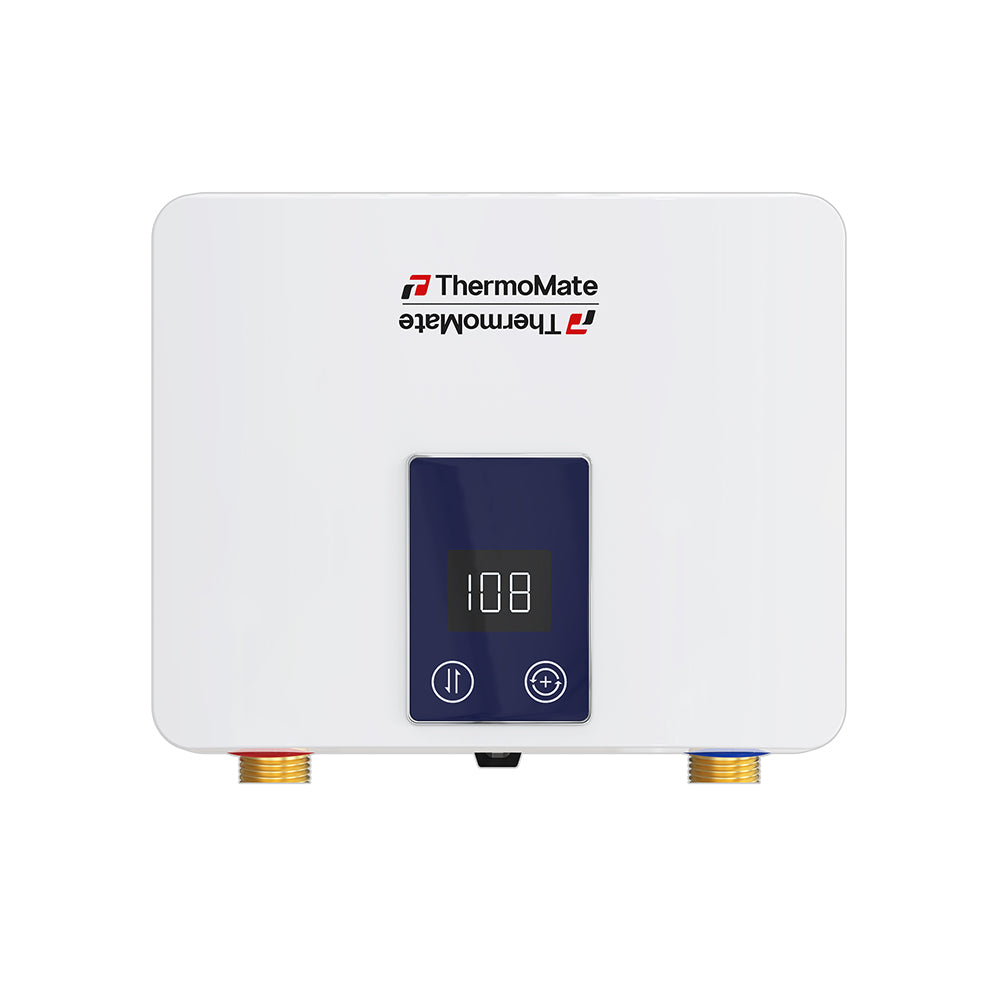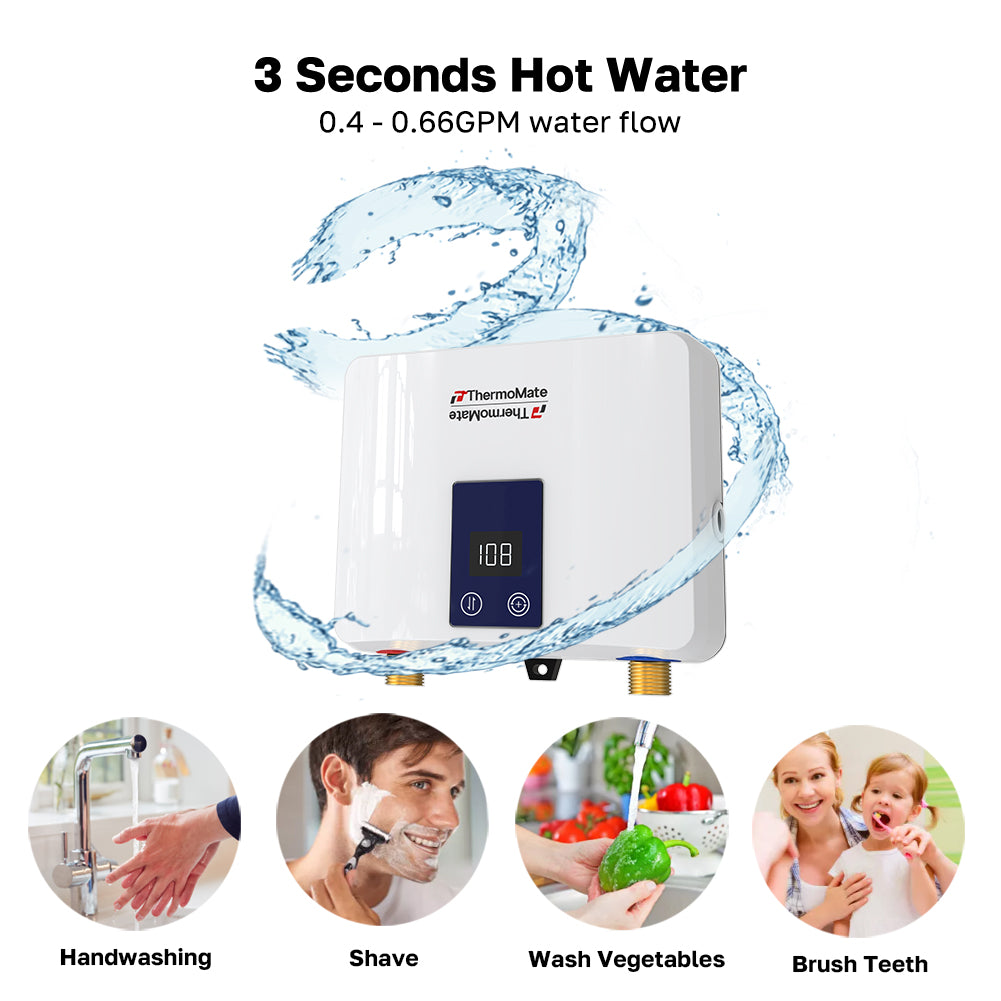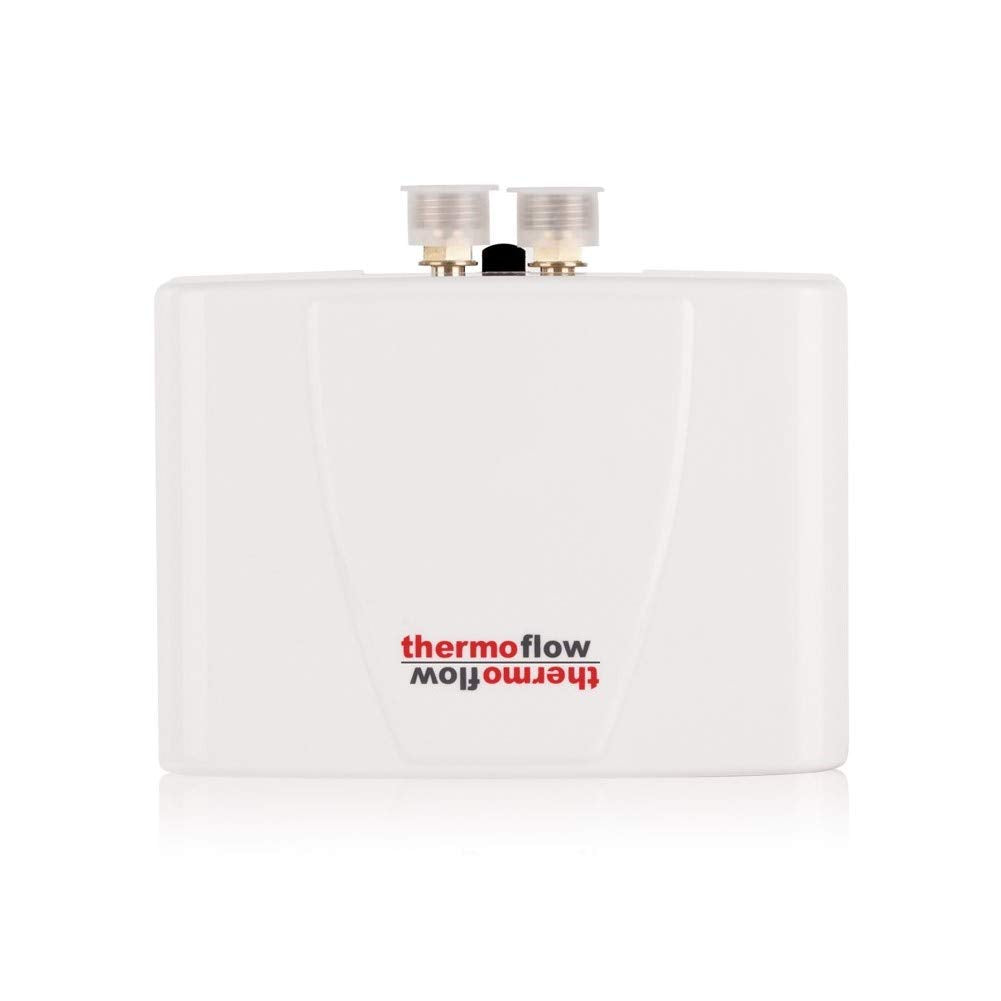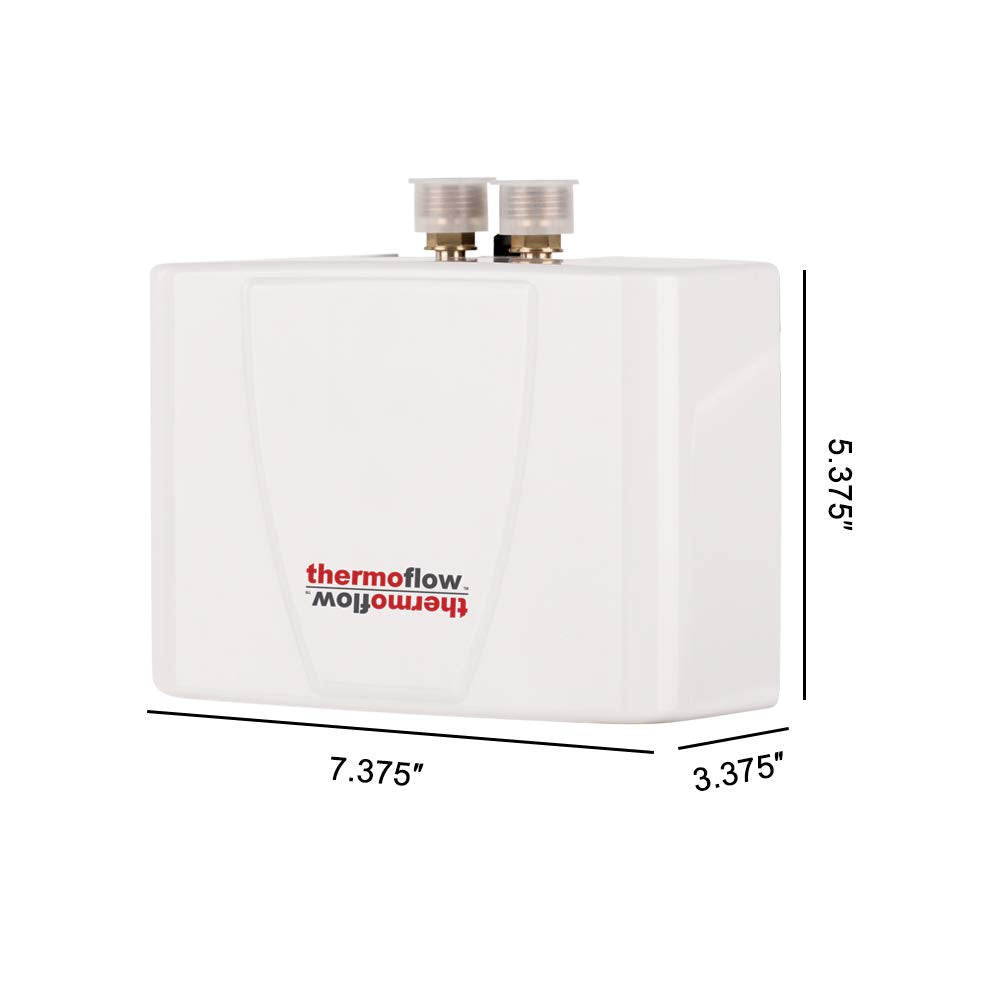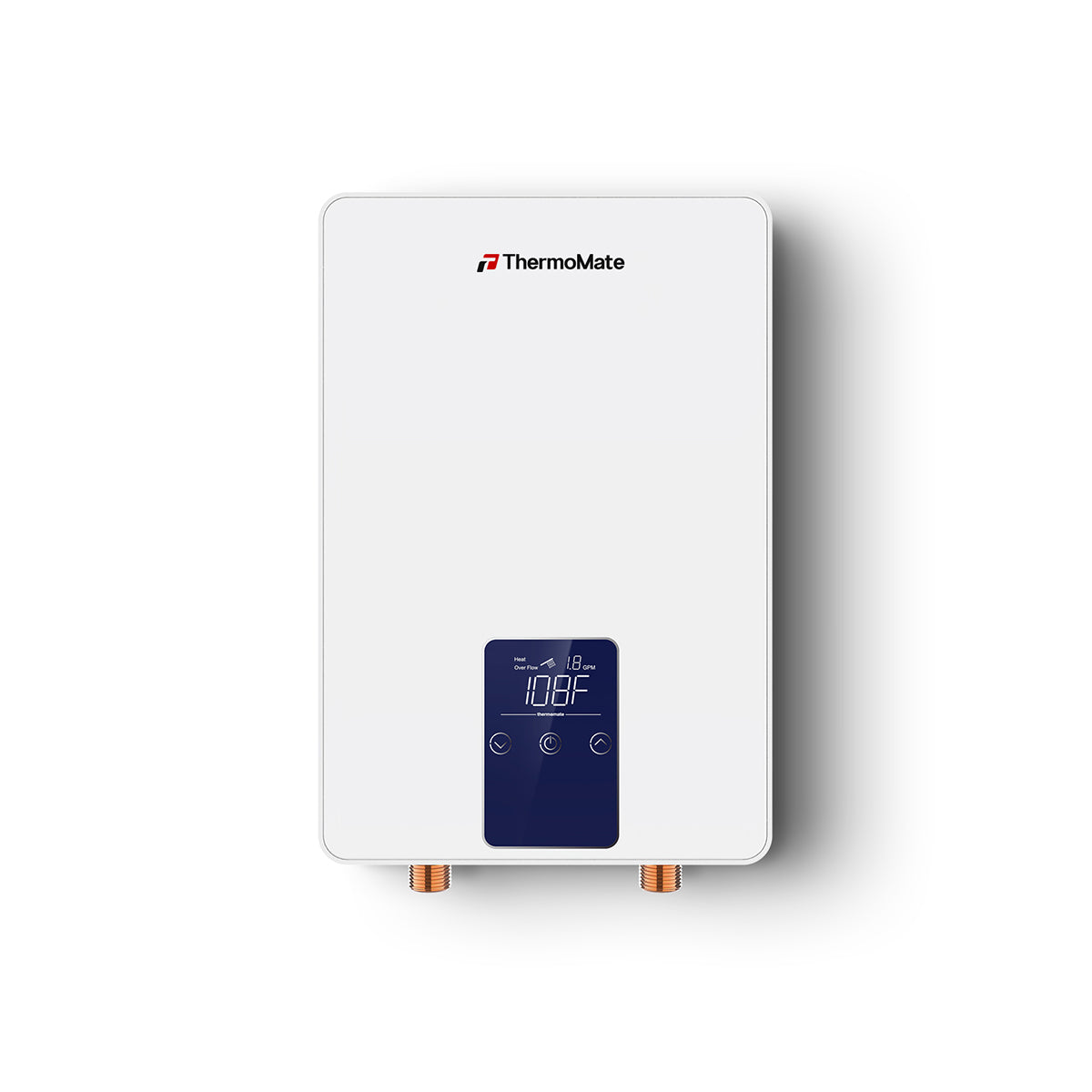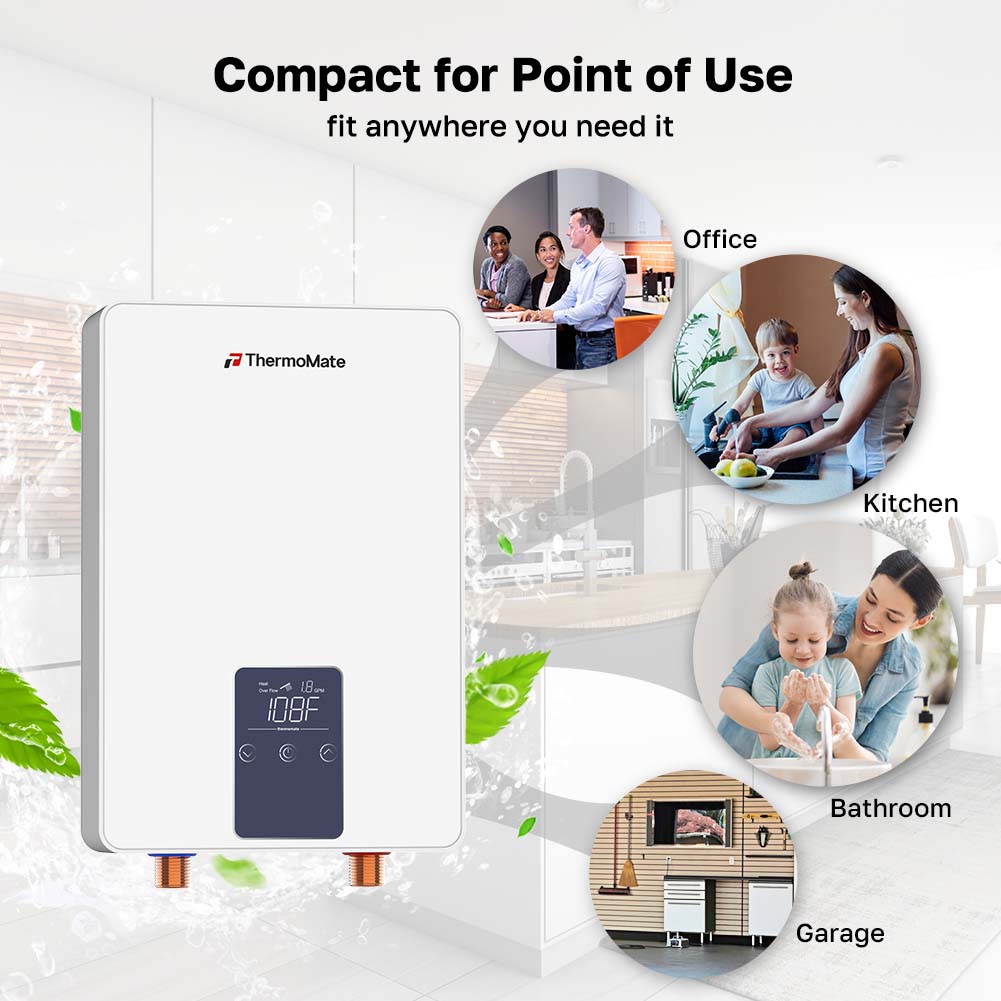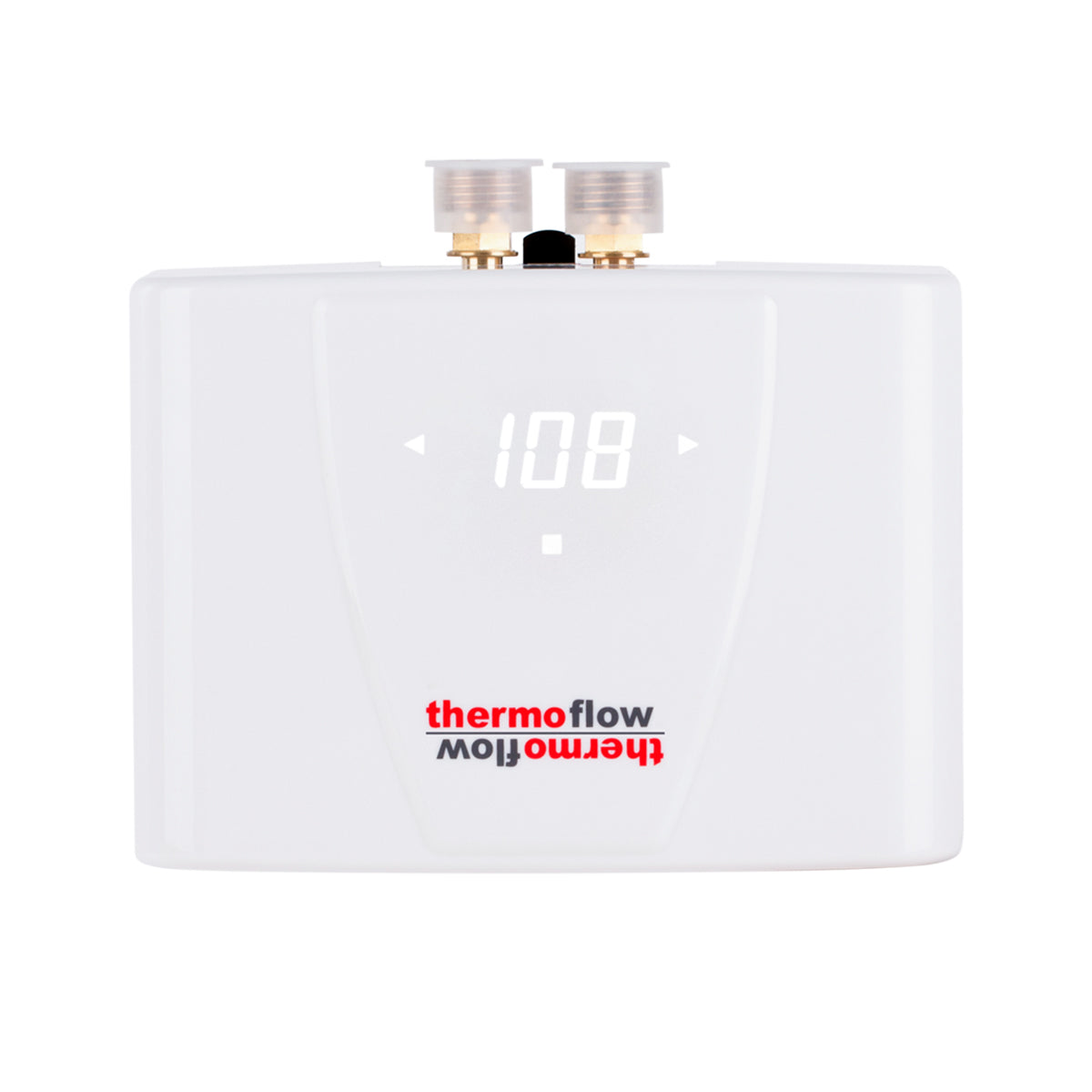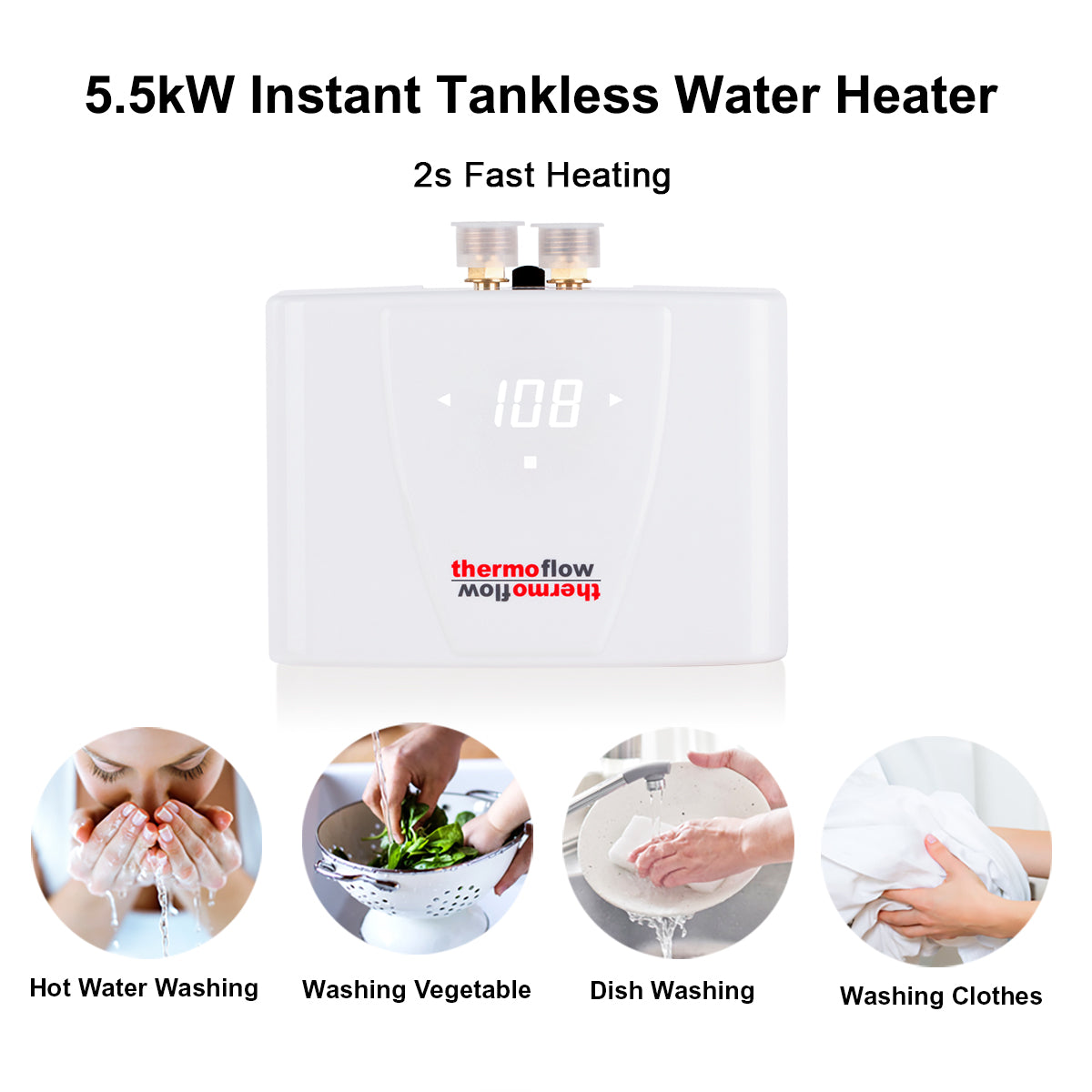Hot water on-demand! It's one of the benefits of installing a tankless water heater. The potential for up to 50% in energy savings over a standard tank water heater is another advantage.
Like any other home appliance, the better you take care of it, the more efficiently your water heater will perform. Routine maintenance is a start!
1. How Often Should We Clean a Water Heater?
Whether you're a recent convert, or you've owned your tankless water heater for several years, you likely have questions about how often you should clean the unit.
Most manufacturers recommend an annual flushing of your water heater. That said, the region where you live and your water quality may change the frequency.
If you live in an area with hard water, you may need to flush your water heater more often. If you're uncertain about water quality in your area, you can check with your city government. All cities provide residents with monthly or quarterly reports on the condition of municipal water.
Your trusted plumbing professional can also help you decide how often you flush out your water heater. As far as cleaning the outside of the unit, we'll talk about that next.
2. How to Take Care of Exterior Maintenance?
Most homeowners enjoy at least a few DIY home maintenance projects. If you’re new to the game, taking care of the outside of your water heater is one way to ease into water heater care.
Exterior maintenance doesn't require an extraordinary amount of time or supplies.
- Start by wiping down the cover. Using a non-abrasive cleaner and a soft cloth keeps the unit free of dust and helps prevent rust development.
- Next, inspect the pipes. For our northern neighbors, checking lines during cold weather avoids frozen pipes. While Austin, TX enjoys mild winters, it’s still a good idea to watch out for cracks or splits in the pipe insulation.
- Finally, if your tankless water heater has a pressure relief valve, you should test it. Not all units have this feature. If you’re unsure about your water heater, ask your plumber for help.
- Exterior maintenance typically takes about 20 minutes. Flushing the water heater will take a little longer.
3. Why You Should Flush?
Over time, limescale deposits build up in all water heaters. In standard tank models, failing to descale can pose a risk of explosion. Tankless water heaters won’t explode, but if you don’t flush out the sediment, you may force the unit’s heat exchanger to work harder than necessary.
Keeping sediment flushed out helps the water heater work more efficiently and can prevent other problems.
Before we dive further into descaling, we need to talk about isolation valves. Think of an isolation valve like the shut-off valve on a standard tank water heater. It allows you to turn off the water or gas supply to the unit.
Your water heater may or may not have an isolation valve. If it doesn’t, consider asking your plumber to install one. The lack of an isolation valve can create a safety hazard when you perform maintenance.

4. What Supplies Do You Need to Clean the Water Heater?
We’ve addressed safety—now we can discuss what you need to flush the unit. Here’s a list of the supplies:
- Five Gallon Bucket
- Submersible Pump
- Hoses
- Descaler
While you can buy each item separately, you can also get everything together in a flush kit. Flush kits include a descaling solution or 4 gallons of undiluted white vinegar.
5. How to Descale a Tankless Water Heater?
First, disconnect the electricity going to your water heater. Locate the gas isolation valve and close it. Close the hot and cold water shut-off valves to prevent water from getting into the unit while you’re working on it.
If your unit features a pressure relief valve, open it and carefully release any pressure.
Next, connect the hoses in your flush kit to both the cold and hot water service ports. Then, place the submersible pump in your bucket. Connect the cold water hose to the pump and put one end of the hot water hose in the bucket.
Now, you can either pour four gallons of vinegar or the descaler included with the flush kit into the bucket.
To flush the water heater, open the cold and hot service ports, then turn on the submersible pump. Let your chosen descaling solution circulate through the water heater for at least an hour. Anything less than an hour won’t do a sufficient job of breaking down the scale buildup.
After you finish descaling, turn off the pump. Then, dump the vinegar.
6. Final Steps for Tankless Water Heater Cleaning
Your next steps include closing the cold water service port and opening the cold water shut-off valve. This step flushes out any lingering vinegar. Afterward, you’ll close the valve and let the water finish draining.
You should now close the hot water port. Finally, if there’s a cold water inlet filter, remove it and the hot water in-line filter. Flush both in the sink so that you can remove any leftover sediment.
Need to Schedule Tankless Water Heater Maintenance?
Keeping up with maintenance, including tankless water heater cleaning, should take place at least once a year. You may need to take care of other tasks, such as wiping down the exterior of the unit, more often, especially if the area where you install the water heater receives a lot of dust.

